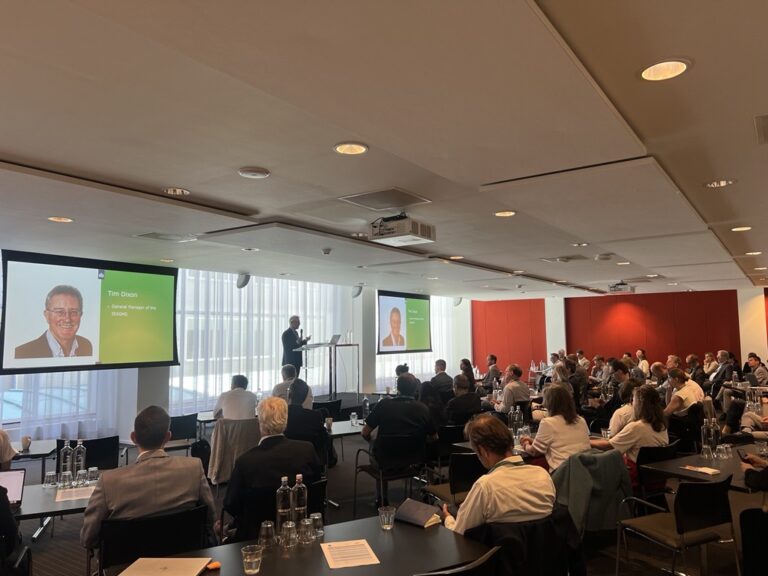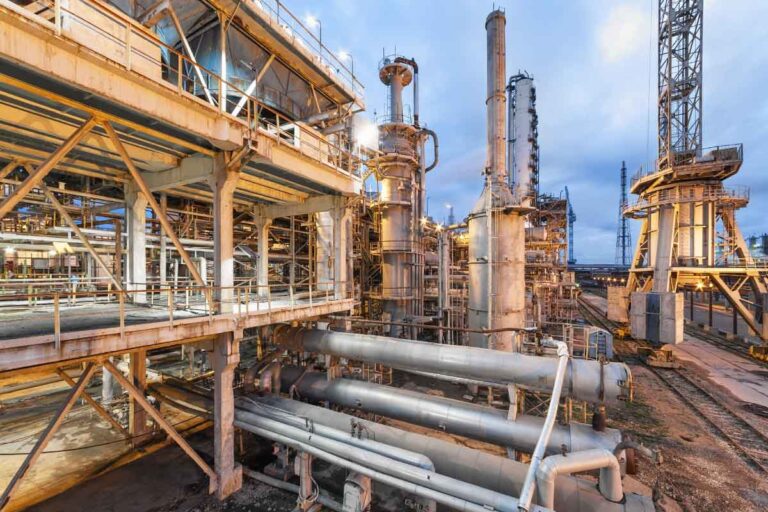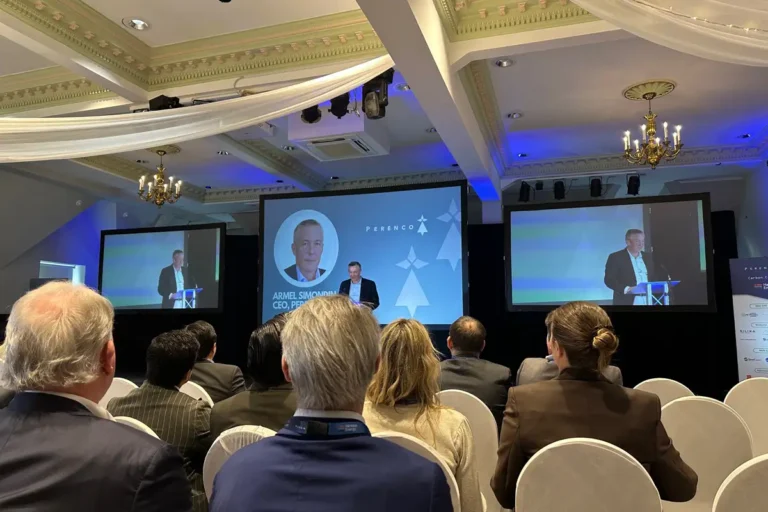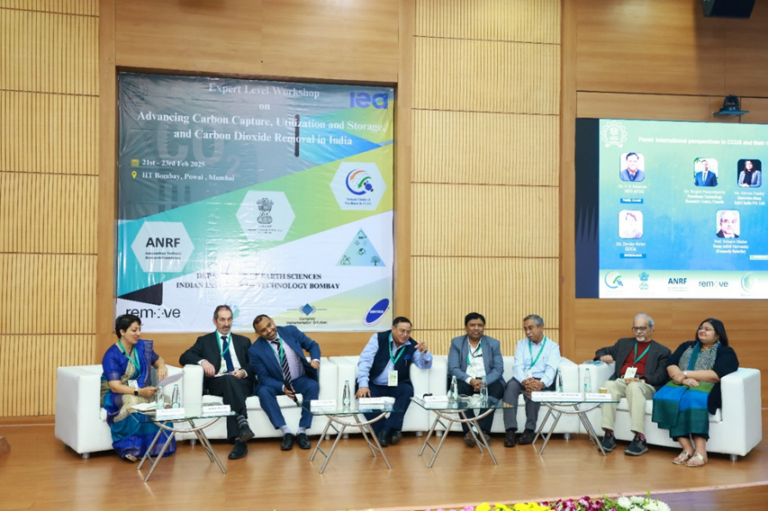
New IEAGHG Report: 2020-04 The Clean Refinery and the Role of Electricity Generation
1 May 2020

 The primary aim of this study was to explore the role of the ‘clean refinery’ concept and how it could contribute to the Paris Agreement’s long-term objective to curb peak global greenhouse gas emissions. Various options for refineries are available depending, not only on the complexity and degree of integration, but also on whether a refinery already exists or is still at the planning stage.In addition to these general considerations, the regional location, crude mix and local markets for refined products and electricity all influence the design, complexity and economic viability of ‘clean refineries’.All these elements were combined to produce three hypothetical refinery designs at different scales and levels of complexity.Three refinery designs were also configured in three different countries to reflect regional variations in refined product markets and crude supply. The study then explored the potential for carbon emission capture for each design and electricity generation for export where this was appropriate.It concluded with an economic analysis of each design based on recent crude prices and local market values
The primary aim of this study was to explore the role of the ‘clean refinery’ concept and how it could contribute to the Paris Agreement’s long-term objective to curb peak global greenhouse gas emissions. Various options for refineries are available depending, not only on the complexity and degree of integration, but also on whether a refinery already exists or is still at the planning stage.In addition to these general considerations, the regional location, crude mix and local markets for refined products and electricity all influence the design, complexity and economic viability of ‘clean refineries’.All these elements were combined to produce three hypothetical refinery designs at different scales and levels of complexity.Three refinery designs were also configured in three different countries to reflect regional variations in refined product markets and crude supply. The study then explored the potential for carbon emission capture for each design and electricity generation for export where this was appropriate.It concluded with an economic analysis of each design based on recent crude prices and local market valuesTo request a copy of the report, please email tom.billcliff@ieaghg.org with the report reference number: 2020-04 The Clean Refinery and the Role of Electricity Generation.
Other articles you might be interested in
Get the latest CCS news and insights
Get essential news and updates from the CCS sector and the IEAGHG by email.
Can’t find what you are looking for?
Whatever you would like to know, our dedicated team of experts is here to help you. Just drop us an email and we will get back to you as soon as we can.
Contact Us NowOther articles you might be interested in
Get the latest CCS news and insights
Get essential news and updates from the CCS sector and the IEAGHG by email.
Can't find what you are looking for?
Whatever you would like to know, our dedicated team of experts is here to help you. Just drop us an email and we will get back to you as soon as we can.
Contact Us Now









